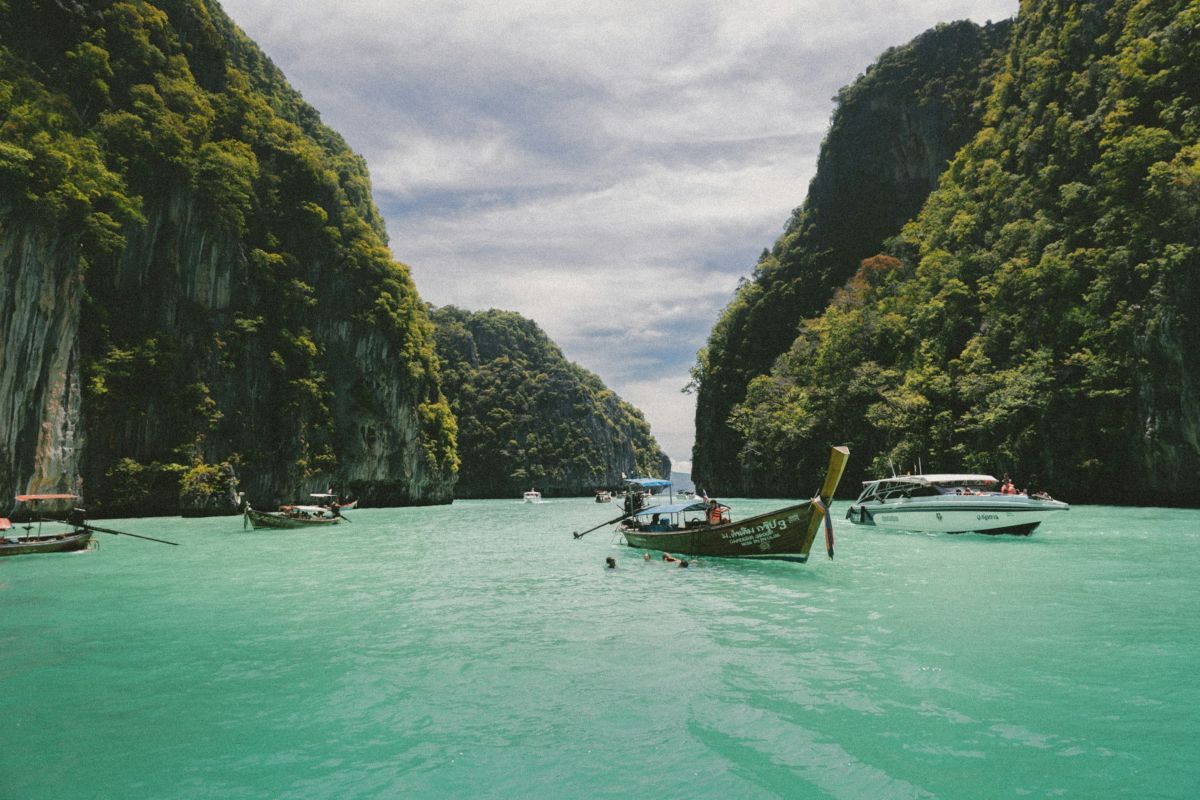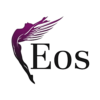Table of Contents
ToggleLooking into tourism in Vietnam, we see that the industry demonstrated remarkable resilience and growth in recent years, solidifying its position as a premier destination in Southeast Asia. In 2024, the country welcomed approximately 17.5 million international visitors, a significant increase from 12.6 million in 2023, reaching 98% of pre-pandemic levels. This surge underscores Vietnam’s effective strategies in revitalizing its tourism sector post-pandemic.
Tourism in Vietnam: Strategic Initiatives Fueling Growth
The Vietnamese government has played a crucial role in the industry’s resurgence by implementing key policies that enhance its tourism appeal.
Visa Policy Reforms
One of the most impactful measures has been the revision of visa policies. In August 2023, Vietnam extended visa-free stays for citizens from 13 countries to 45 days and expanded e-visa availability to all nationalities, valid for 90 days with multiple entries. These reforms have made it significantly easier for international travelers to visit Vietnam, boosting tourist arrivals.
Infrastructure Development
To support the increasing influx of tourists, Vietnam has made substantial investments in transportation and hospitality infrastructure. The government has approved a $67 billion high-speed railway project connecting 20 cities, aimed at improving connectivity and reducing travel times. Additionally, new airports, hotels, and resorts are being developed to accommodate growing demand.
Diversified Tourism Offerings
Vietnam’s tourism sector has evolved to cater to a diverse range of traveler interests, making it an attractive destination for different market segments.
Cultural and Heritage Tourism
Cities like Hanoi and Hoi An offer rich cultural experiences, featuring ancient architecture, traditional festivals, and historical sites. These destinations attract travelers eager to immerse themselves in Vietnam’s deep-rooted heritage.
Eco and Adventure Tourism
Vietnam’s natural landscapes, including Ha Long Bay, Phong Nha-Ke Bang National Park, and the Mekong Delta, provide ample opportunities for eco-tourism and adventure activities. Activities such as trekking, caving, and island-hopping continue to draw nature enthusiasts and thrill-seekers.
MICE Tourism
The Meetings, Incentives, Conferences, and Exhibitions (MICE) sector is flourishing, with Vietnam hosting significant international events. In August 2024, the country welcomed 4,500 Indian visitors for a major conference, highlighting its growing appeal as a business and event destination.
Read more: Manufacturing in Vietnam: An Unexplored Goldmine for Global Investors
Economic Impact and Future Projections
The tourism sector’s robust performance has substantially contributed to Vietnam’s economy:
- Revenue Generation: In 2024, tourism revenue was estimated at VND 840 trillion (approximately $33.34 billion), reflecting a 23.8% increase from the previous year.
- Employment Opportunities: The sector supported nearly 5.96 million jobs in 2024, accounting for one in nine jobs nationwide.
Looking ahead, Vietnam aims to attract 22-23 million international visitors in 2025, with projected tourism revenue between VND 950-1,050 trillion. This ambitious target is supported by continuous policy enhancements, infrastructure investments, and diversified tourism products.
Read more: What ASEAN Member Countries Can Learn from Vietnam’s Renewable Energy Boom
Tourism in Vietnam: Challenges and Sustainability Efforts
Despite positive trends, tourism in Vietnam faces challenges:
- Environmental Concerns: UNESCO has expressed concerns about potential risks to Ha Long Bay due to development projects, prompting assessments to ensure the conservation of this World Heritage site. Sustainable tourism practices are being prioritized to mitigate environmental degradation.
- Balancing Growth and Preservation:
The Vietnamese government is working to balance tourism expansion with cultural and environmental preservation. Initiatives such as responsible tourism guidelines and eco-friendly projects are being implemented to ensure sustainable growth.
Conclusion
Vietnam’s tourism industry exemplifies strategic resilience and innovation, positioning the country as a key player in Southeast Asia’s travel sector. With robust government policies, diversified tourism offerings, and sustainable growth strategies, Vietnam is on track to achieve even greater success in the years to come.
Contact us today to learn how our EOR services can facilitate your successful entry into Vietnam’s dynamic tourism sector. Check our services here or book a free consultation now.
Photo by Jakob Owens on Unsplash







